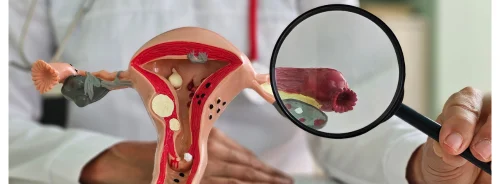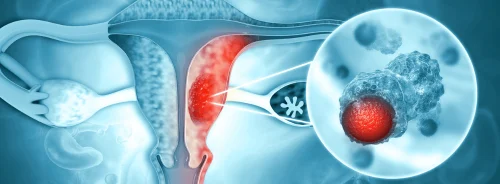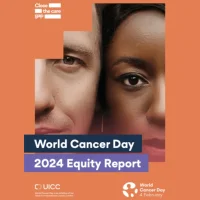According to research published in JAMA Open, increasing use of recommended screening strategies could reduce the burden of cancer in the U.S.
After conducting a decision analytical model study using simulation models of the natural history of cancer among U.S. residents, researchers observed a noteworthy outcome. A 10-percentage point increase in the uptake of lung, colorectal, breast, and cervical cancer screening at their recommended starting ages resulted in a reduction in deaths. This finding highlights the significance of adherence to recommended screening strategies and aligns with the Cancer Moonshot initiative's goal of reducing cancer-related deaths in the U.S.
The Cancer Moonshot initiative represents a dedicated effort by the White House to significantly decrease cancer-related mortality. Under the Biden Administration, there is a renewed commitment with the ambitious goal of reducing cancer deaths by a minimum of 50% over the next 25 years.
The team conducted an analysis of data pertaining to various screening tests, including:
- Annual low-dose CT targeted towards eligible adults aged 50 to 80 for lung cancer screening.
- Biennial mammography conducted among women aged 40 to 74 as a screening method for breast cancer.
- Colonoscopy every 10 years among adults aged 45 to 75 for the detection of colorectal issues.
- Triennial cervical cytology screening among for female adults aged 21 to 29, followed by human papillomavirus testing every five years from ages 30 to 65 years. This combined approach aims to enhance cervical cancer screening efficacy.
A projected 10-percentage point increase in screening at the recommended starting age according to the U.S. Preventive Services Task Force (USPSTF) guidelines was estimated to have significant life-saving impacts. The estimates suggest that such an increase would prevent:
226 lung cancer deaths, 283 colorectal cancer deaths, 82 breast cancer deaths and 81 cervical cancer deaths over the lifetimes of 100,000 persons eligible for screening.
These rates corresponded with an estimated 1,010 lung cancer deaths prevented, 11 070 colorectal cancer deaths prevented, 1790 breast cancer deaths prevented, and 1,710 cervical cancer deaths prevented over the lifetimes of eligible U.S. residents.
Additionally, the team estimated that each 10-percentage-point increase in uptake results in a 1% reduction in lung cancer deaths, a 4% reduction in breast cancer deaths, a 21% reduction in colorectal cancer deaths, and a 40% reduction in cervical cancer deaths.
It was additionally reported that increased screening uptake led to generated harms, including an estimated 100,000 false-positive lung scans and 300,000 false-positive mammograms. The team stated an estimated 6,000 colonoscopy complications as well as 348,000 colposcopies over the period of a lifetime.
The study indicates increasing the utilisation of recommended screening for lung, colorectal, breast, and cervical cancers at the recommended starting age could lead to significant reductions in cancer deaths. However, the study emphasises that realising these reductions is contingent upon ensuring equitable access to screening services.
Source: JAMA
Image Credit: iStock







